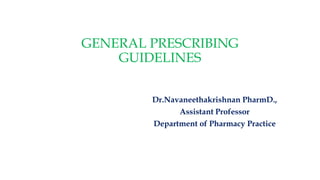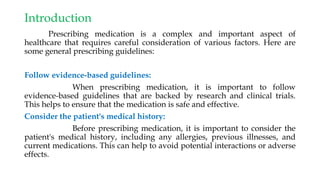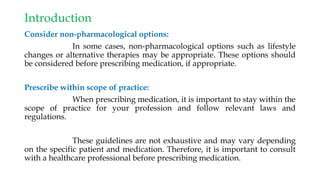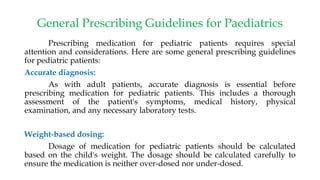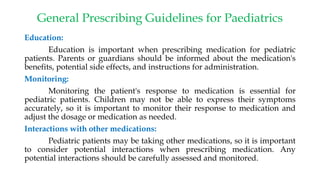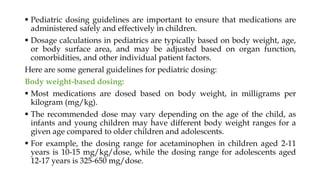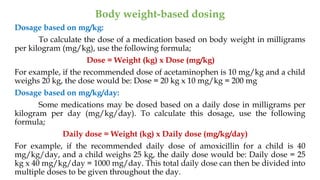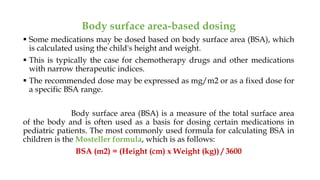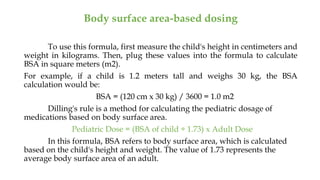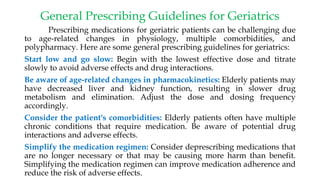The document outlines general prescribing guidelines for both pediatric and geriatric patients, emphasizing the importance of evidence-based practices, accurate diagnosis, safe dosing, and careful monitoring of drug effects. It highlights specific considerations for different age groups, including weight-based dosing for children and age-related pharmacokinetic changes in the elderly. Additionally, the document stresses the need for patient education and adherence to ensure the safe and effective use of medications.
